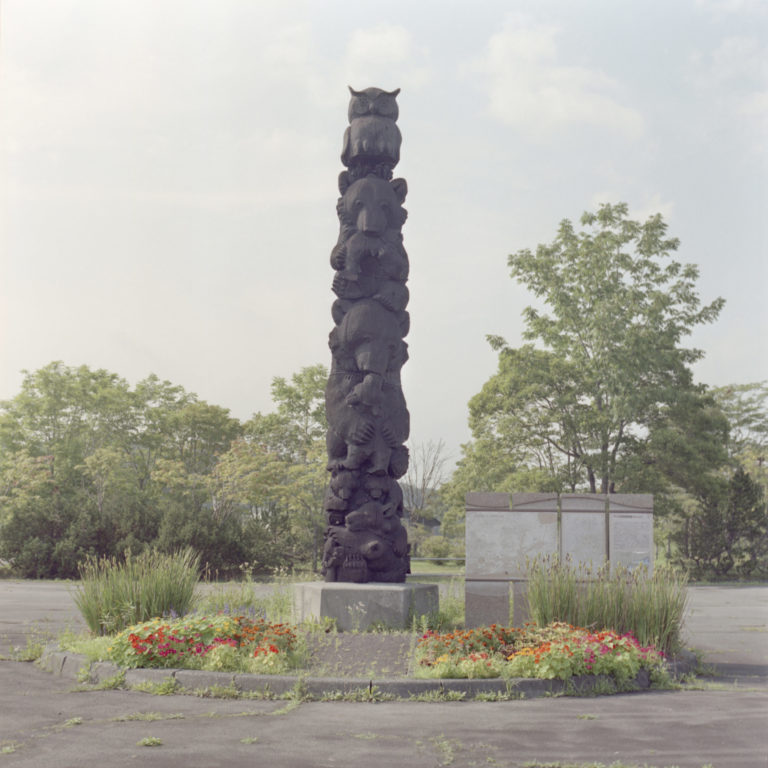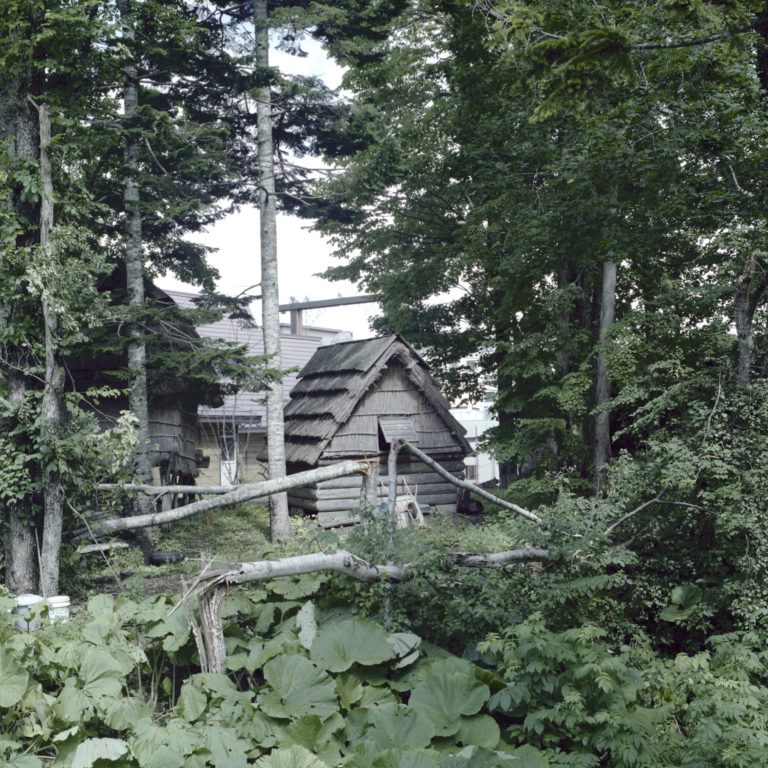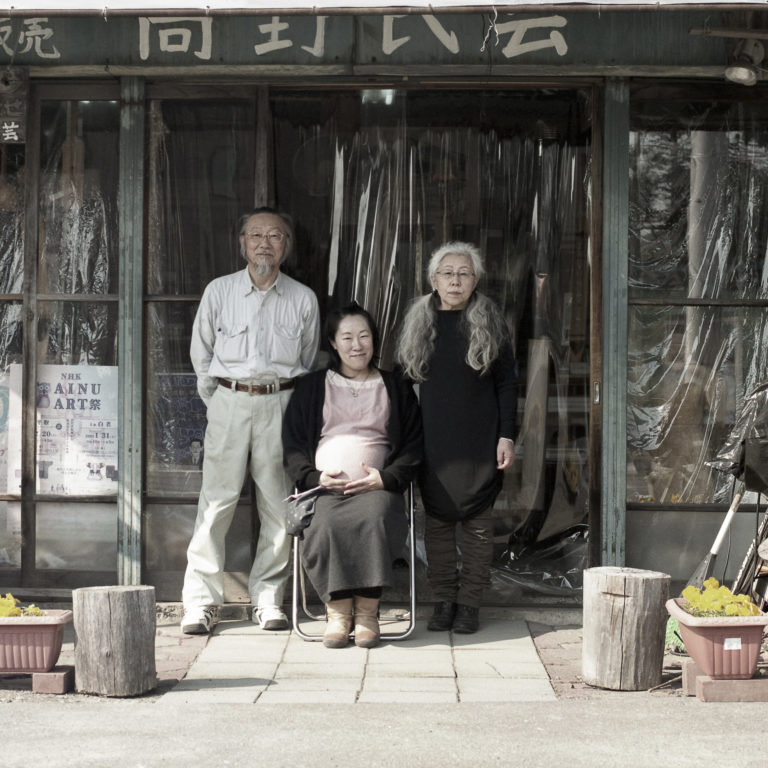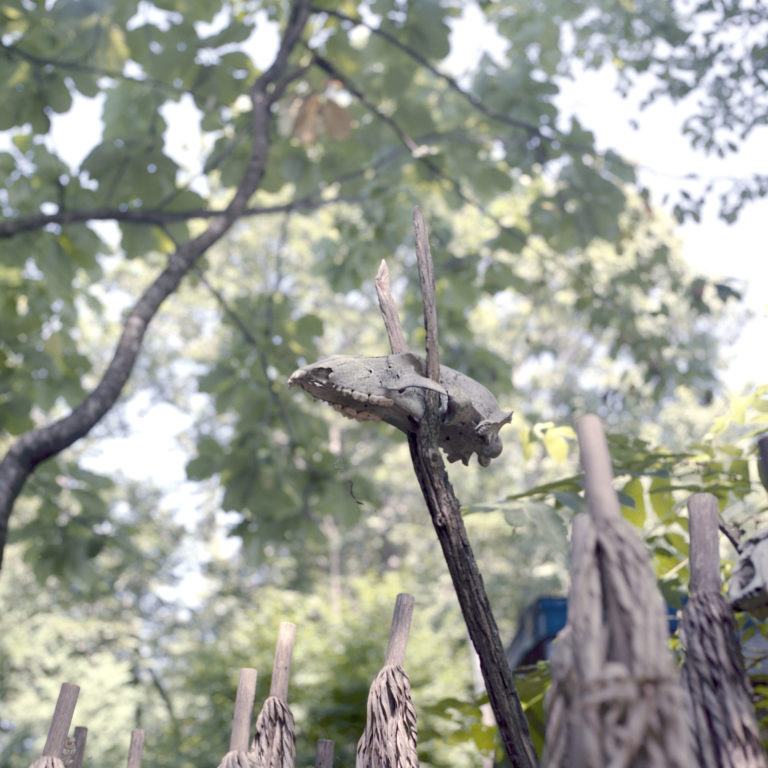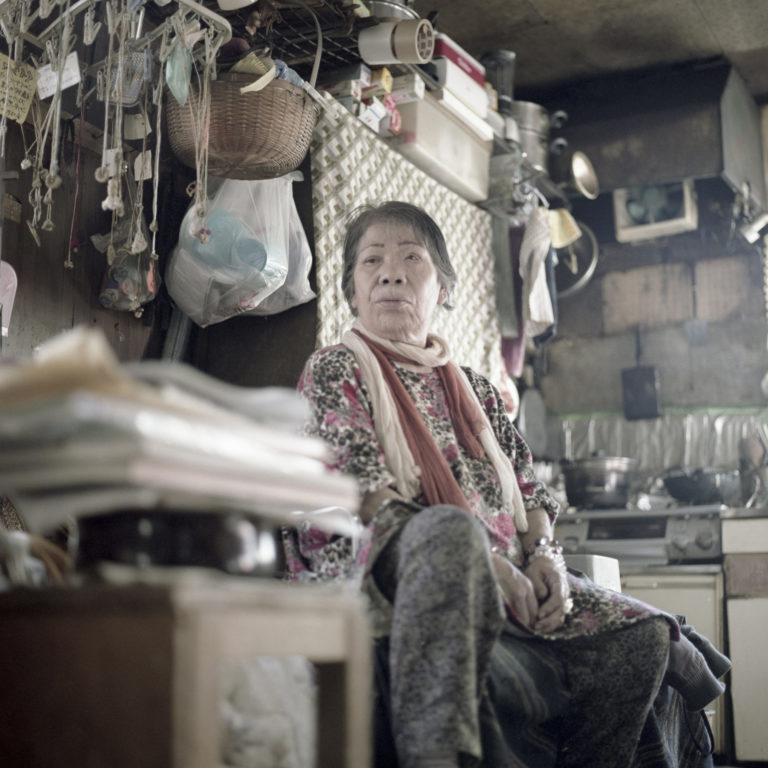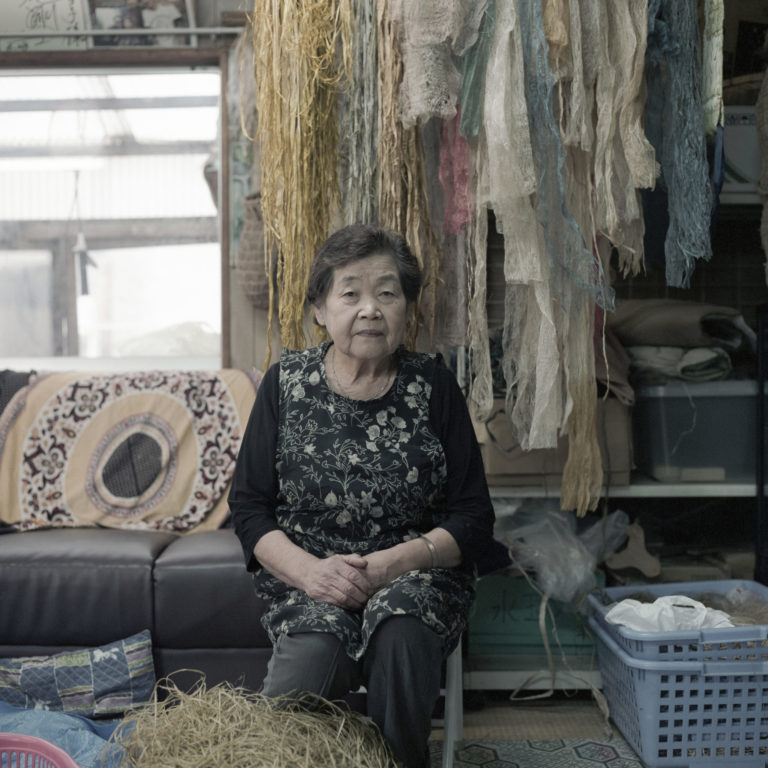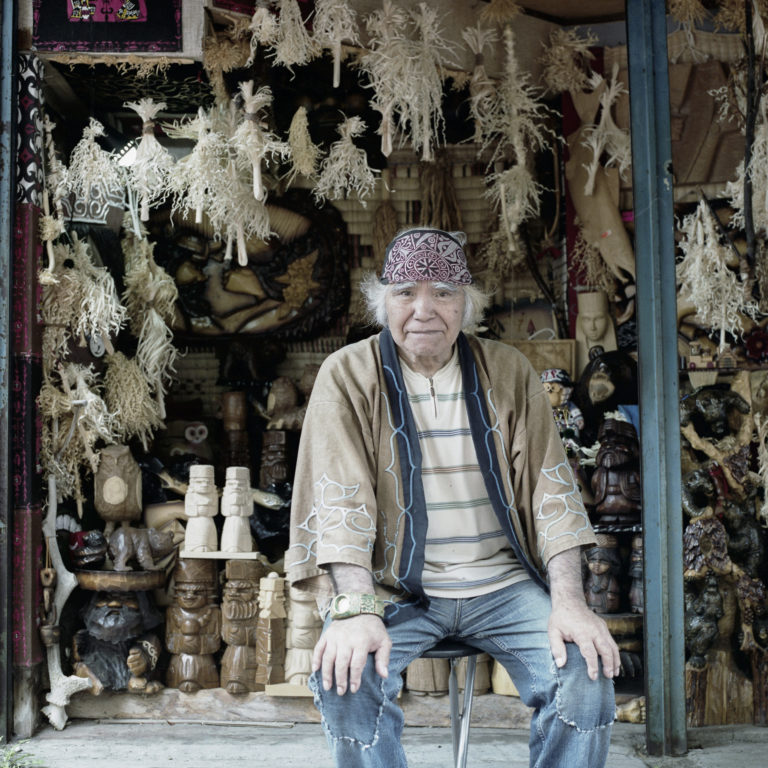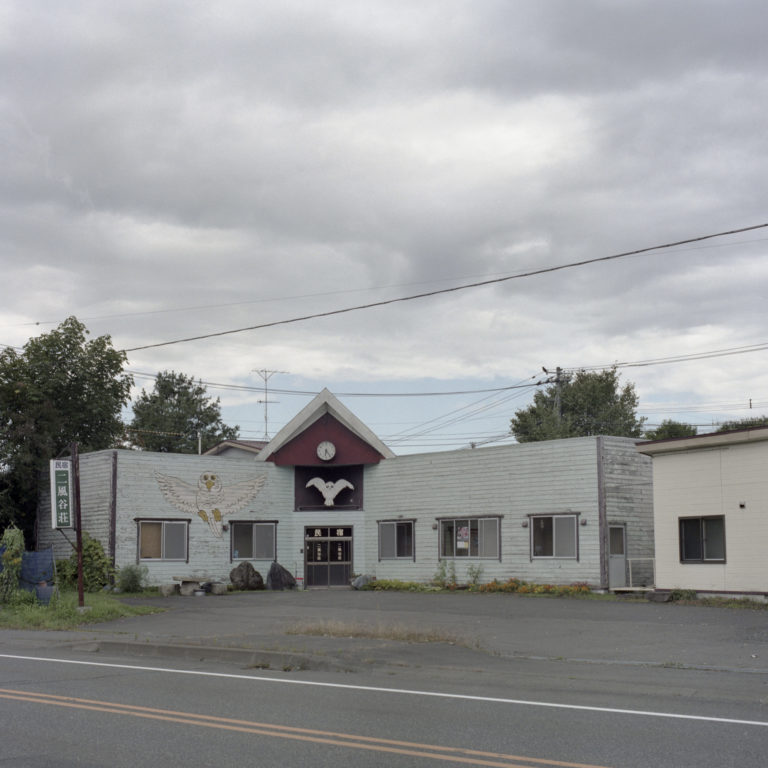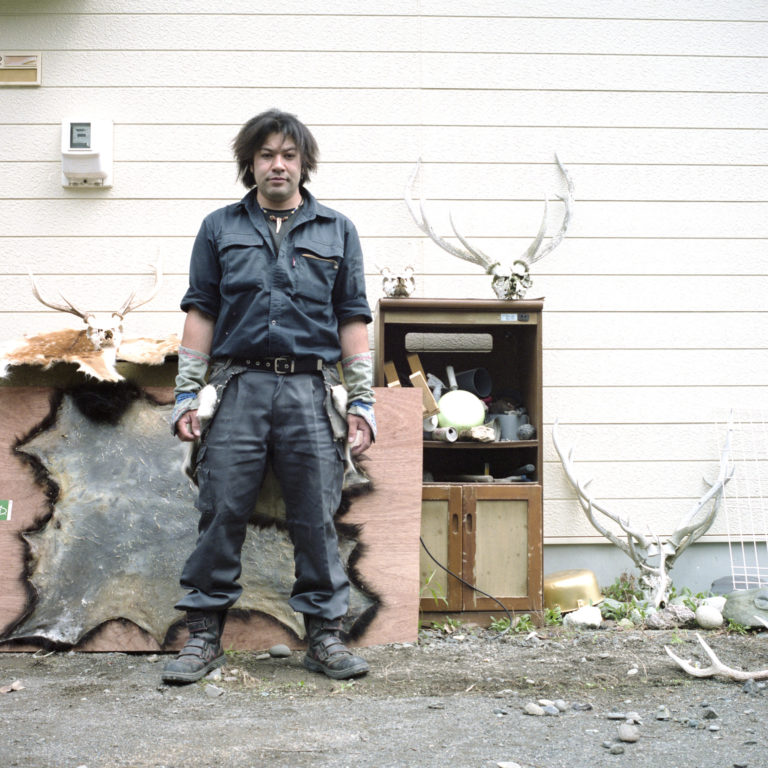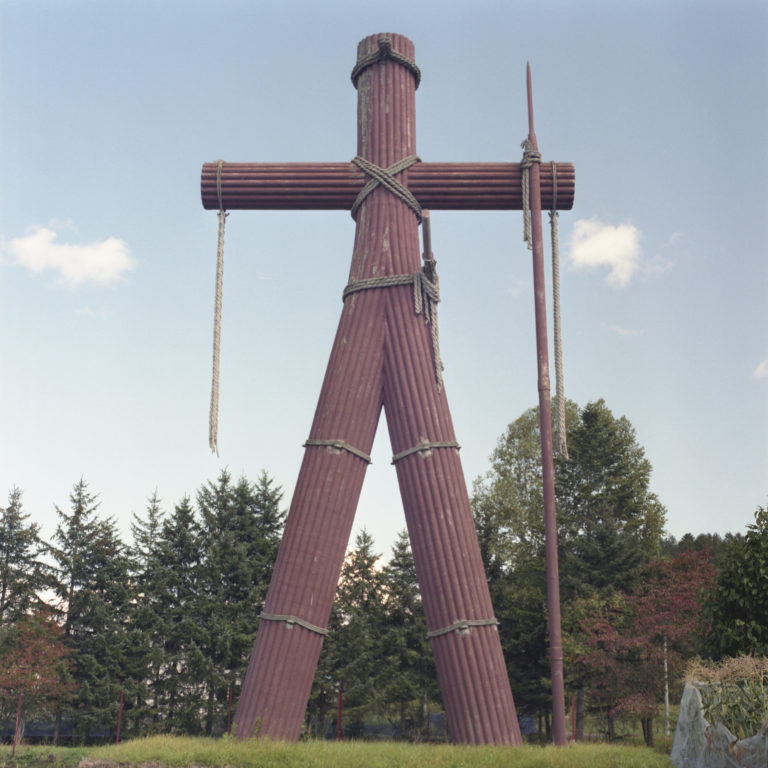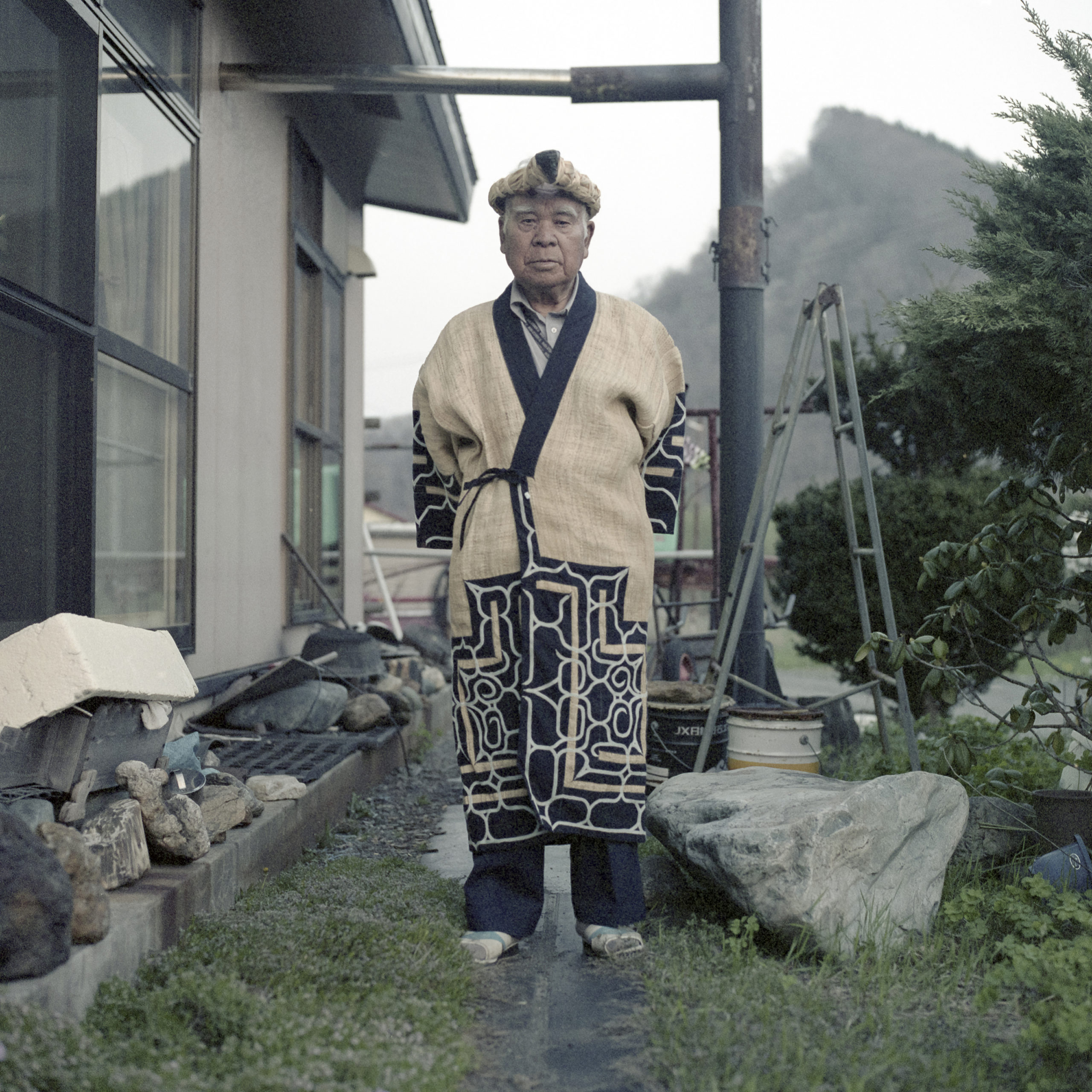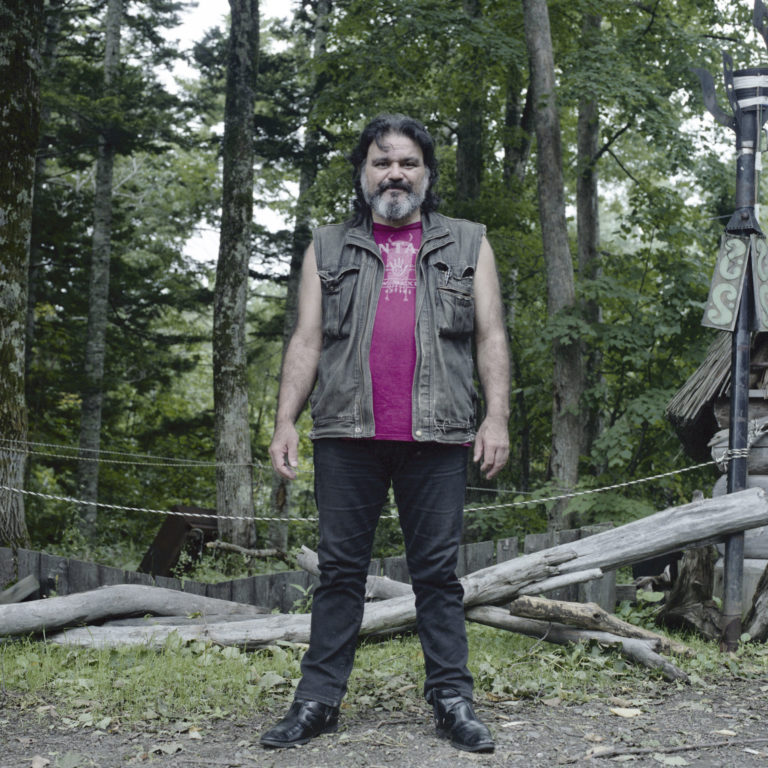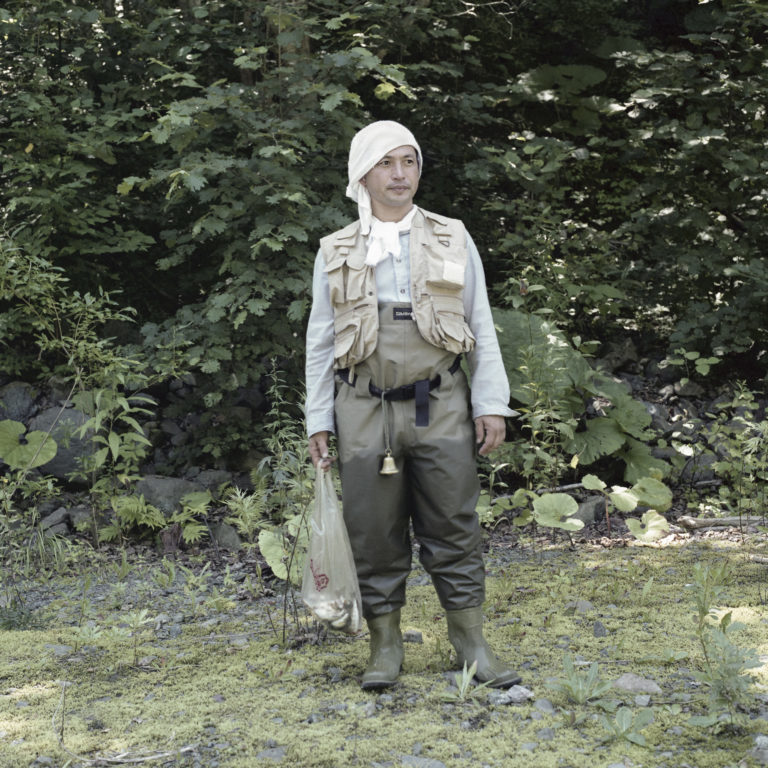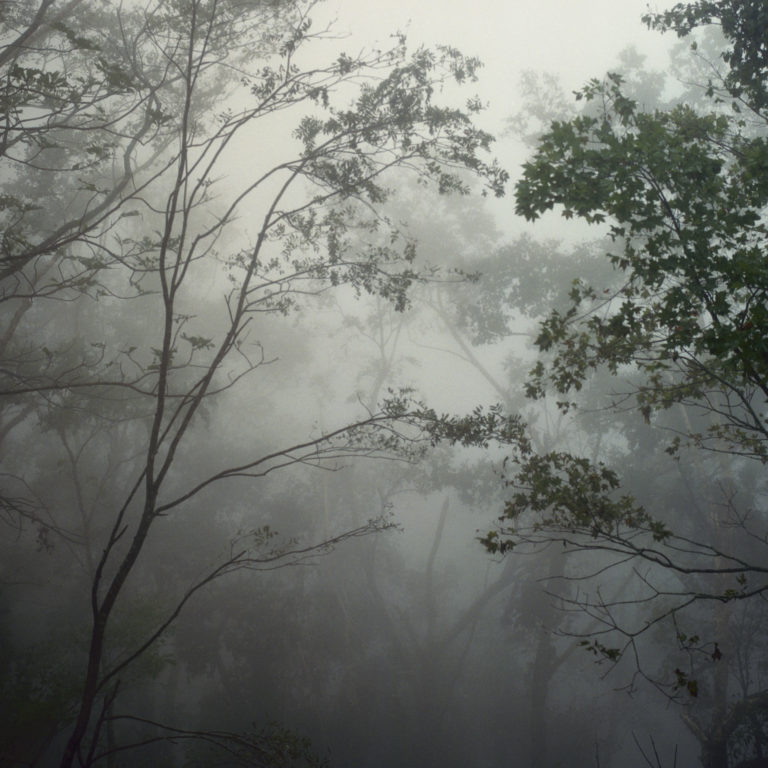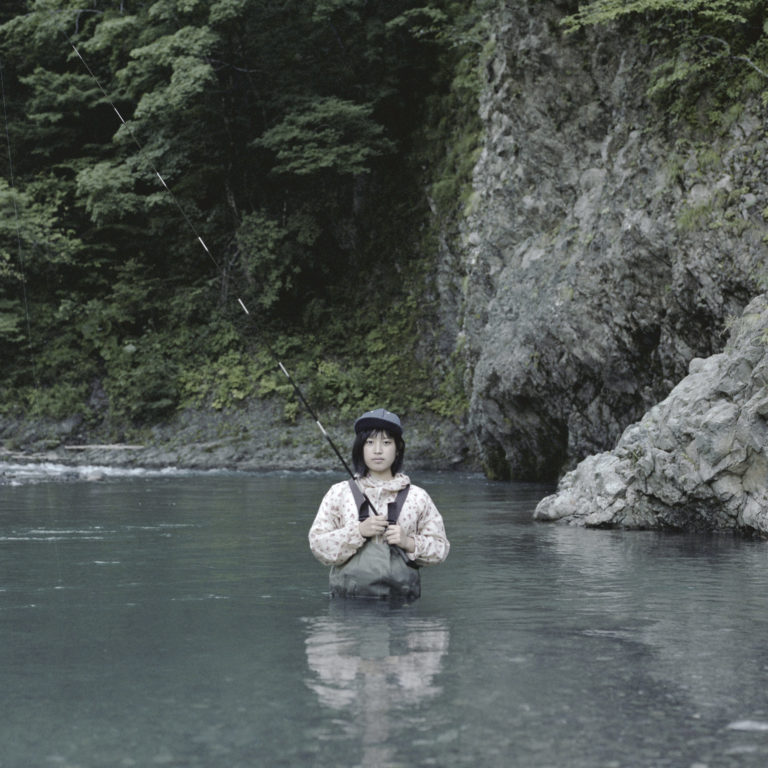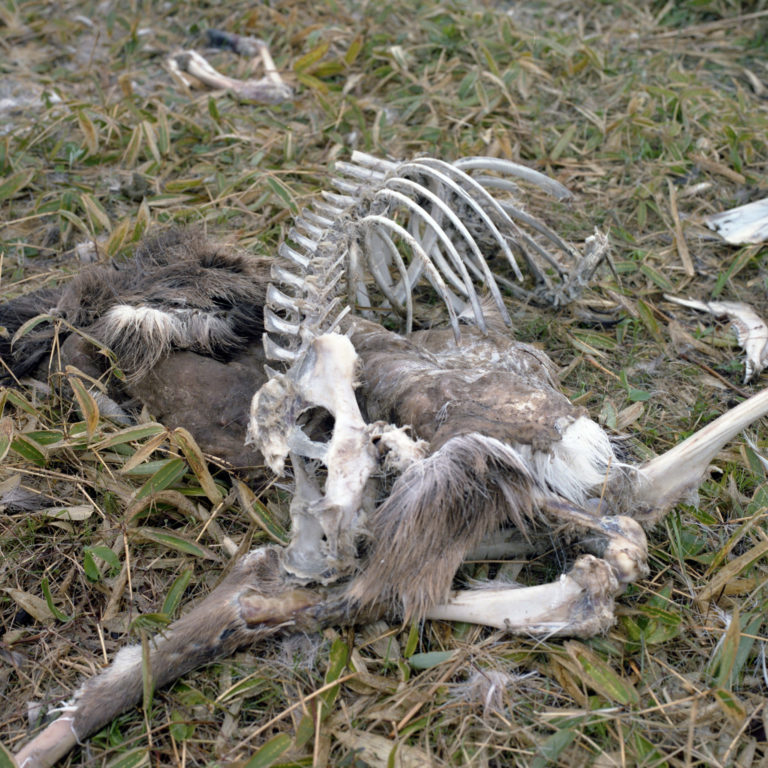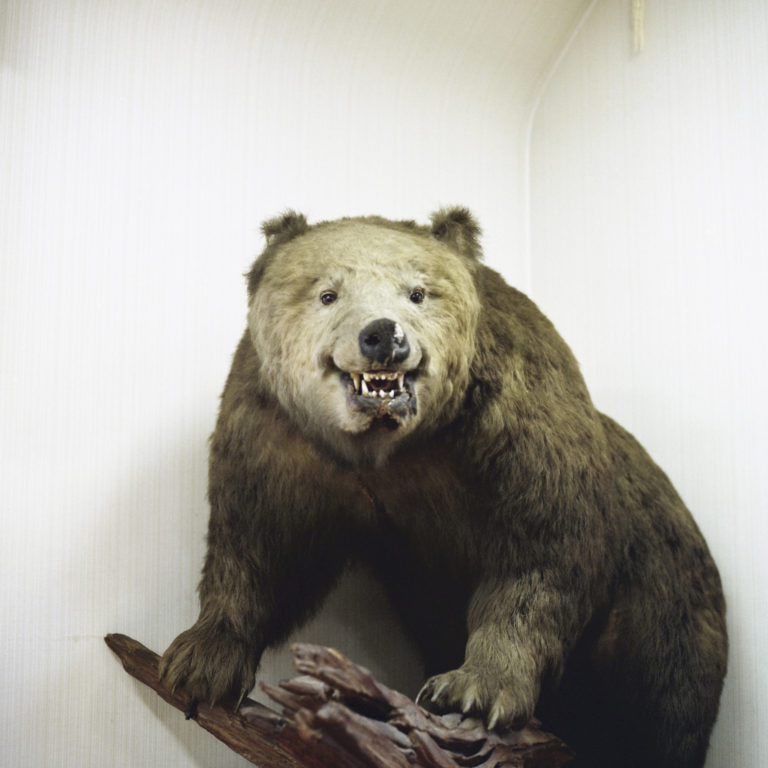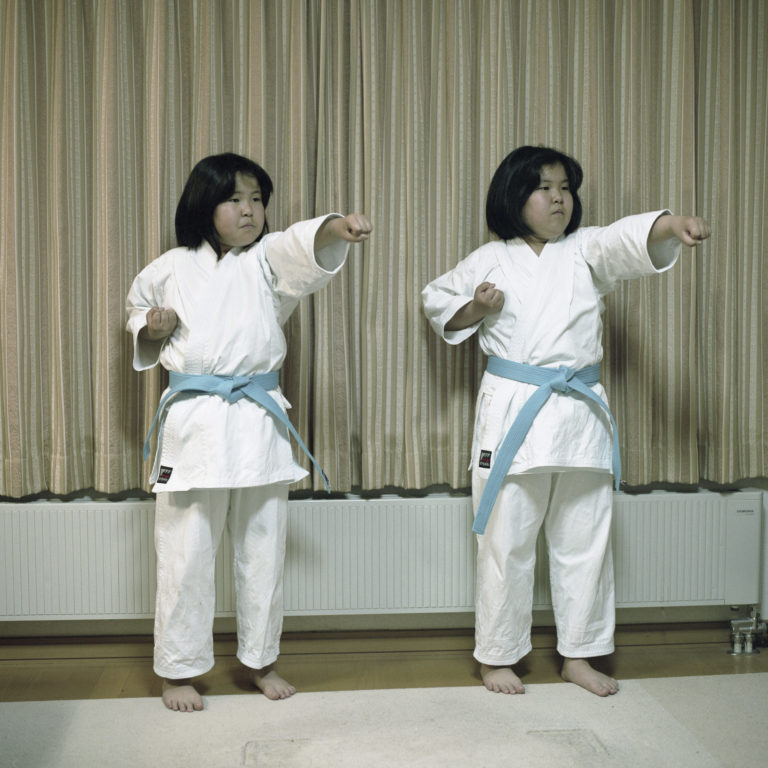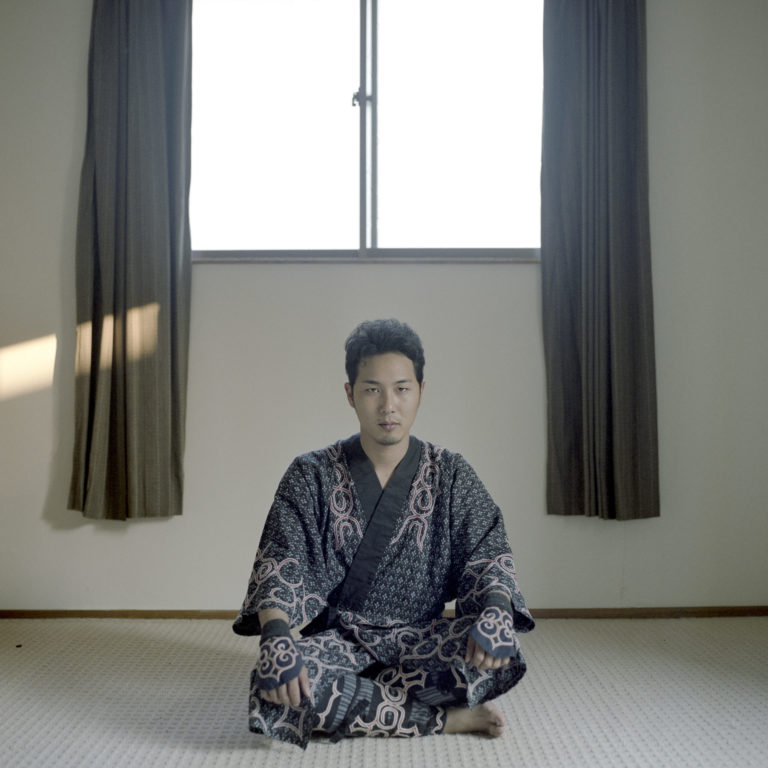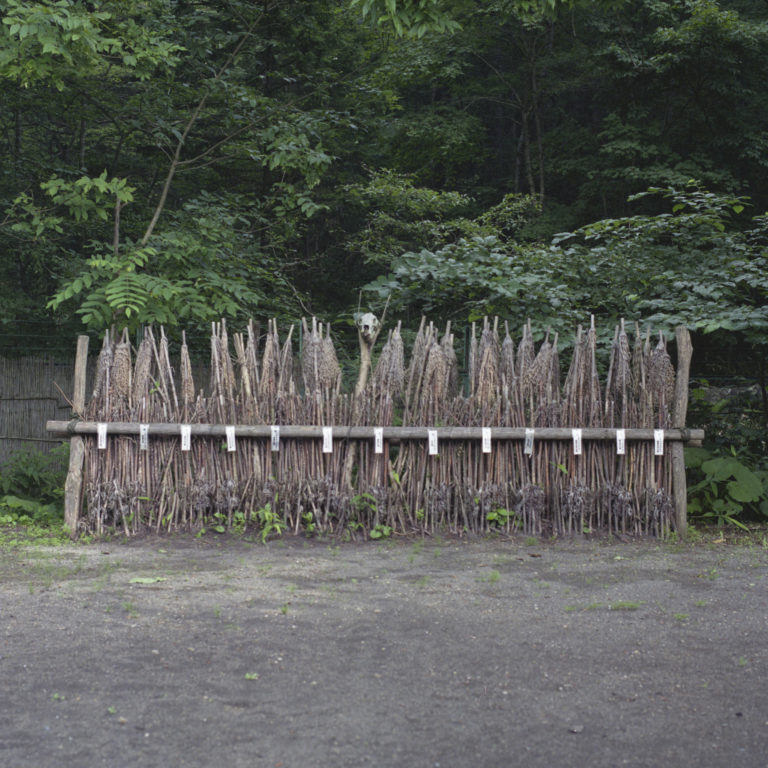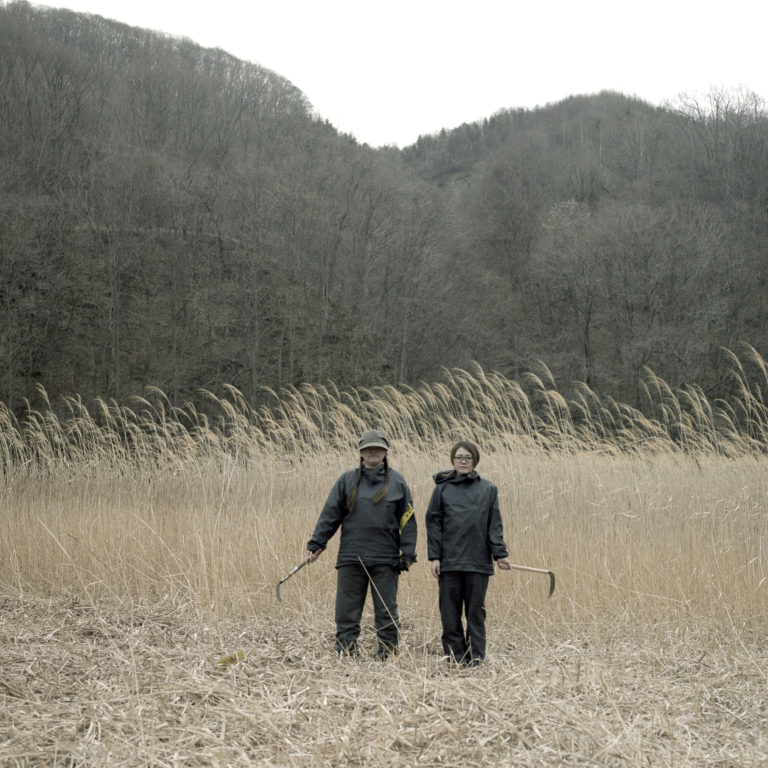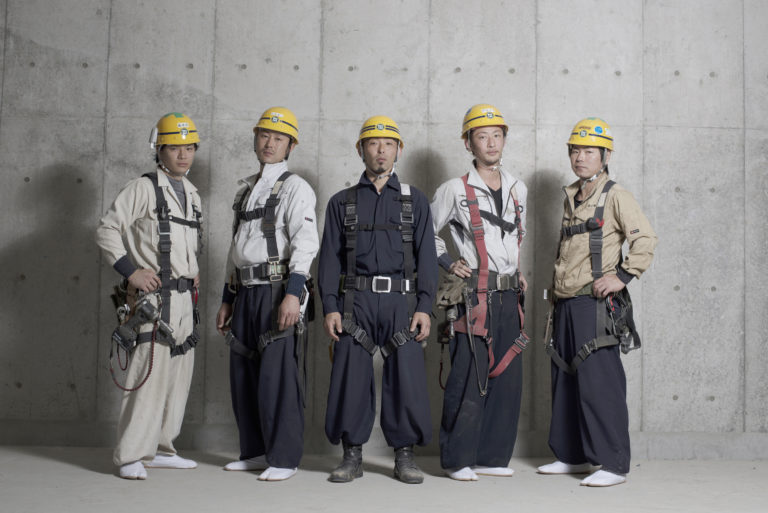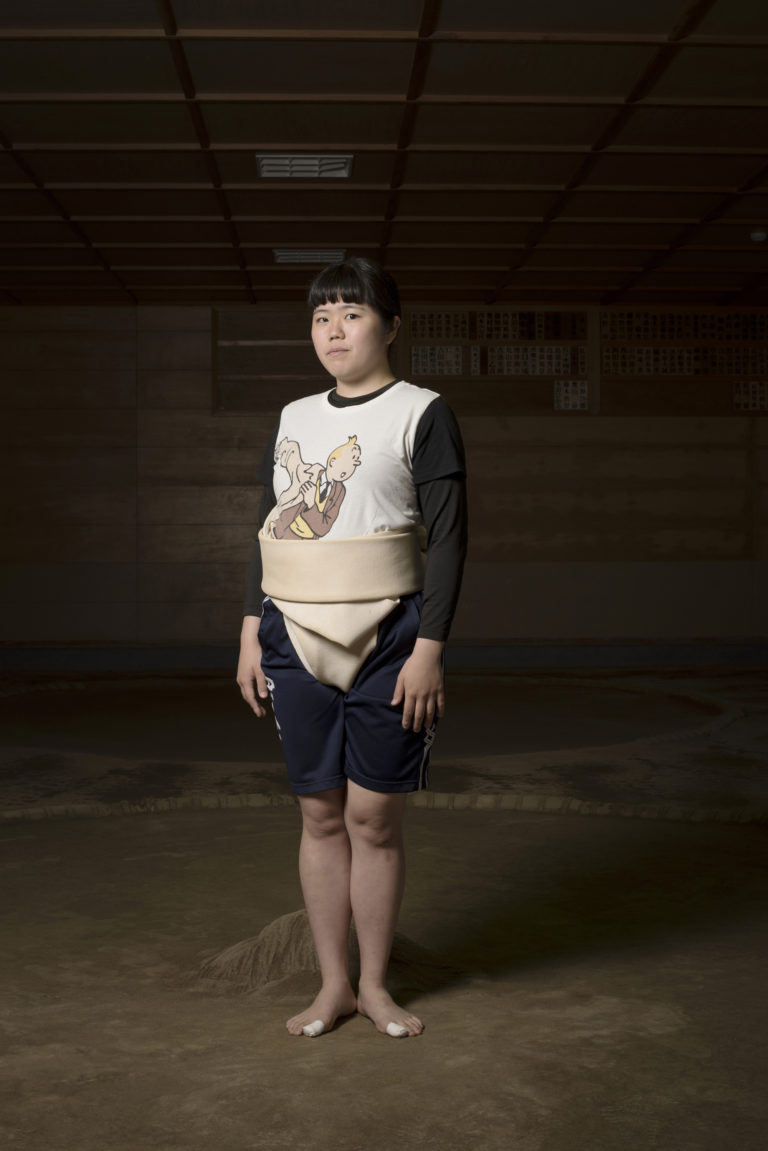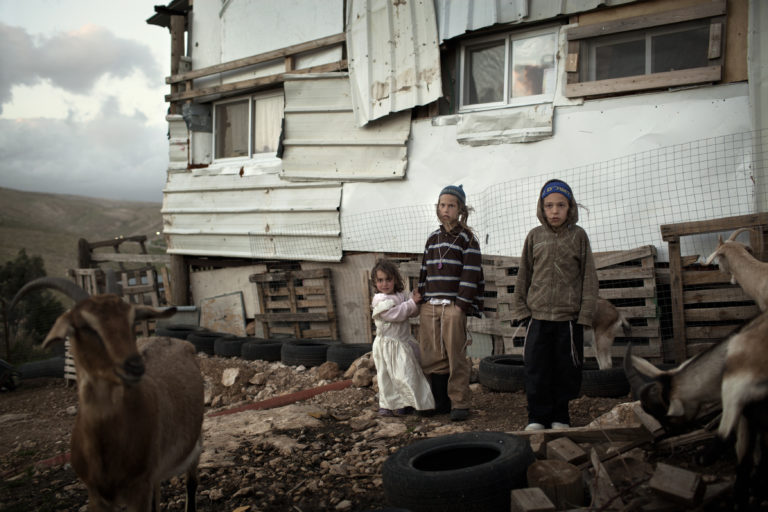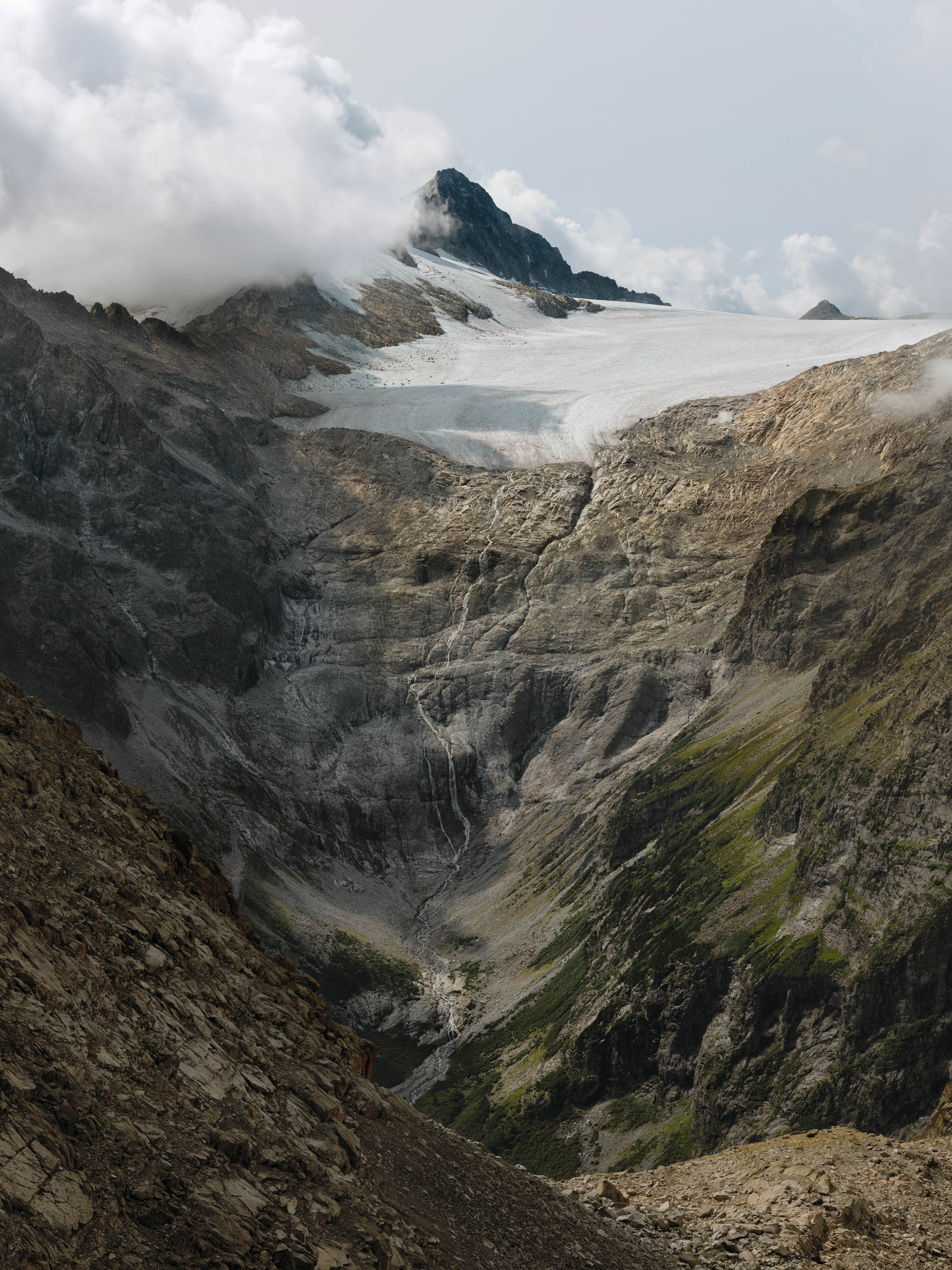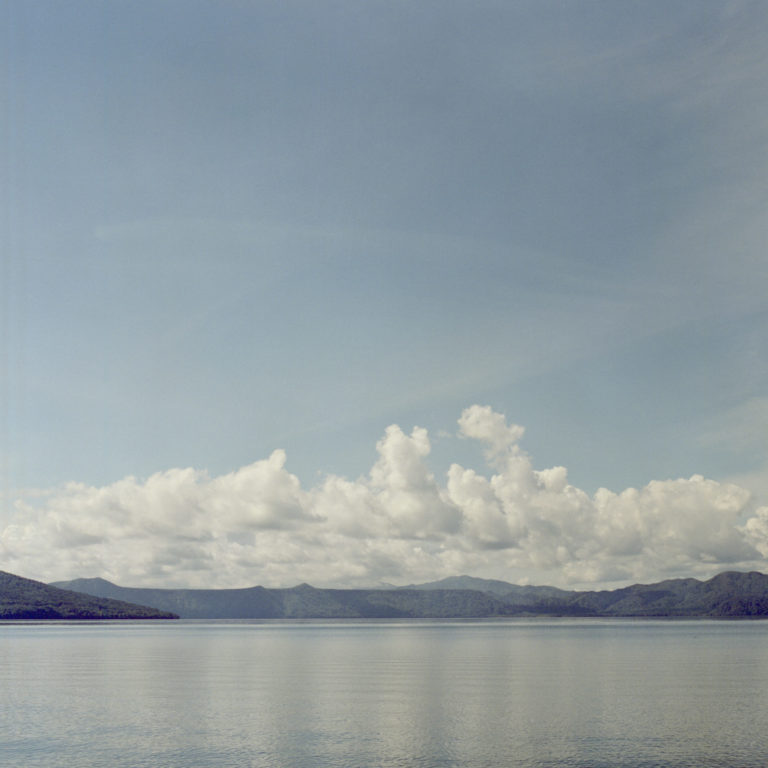
Lake Shikotsu, Hokkaido, Japan 2016 A view of the lake, an important site for Ainu culture, history and folklore. According to the Ainu, the Amemasu fish are the lake gods and guardians. To Ainu folklore, in Lake Shikotsu there is an Amemasu so large it can touch both ends of the lake with its body.
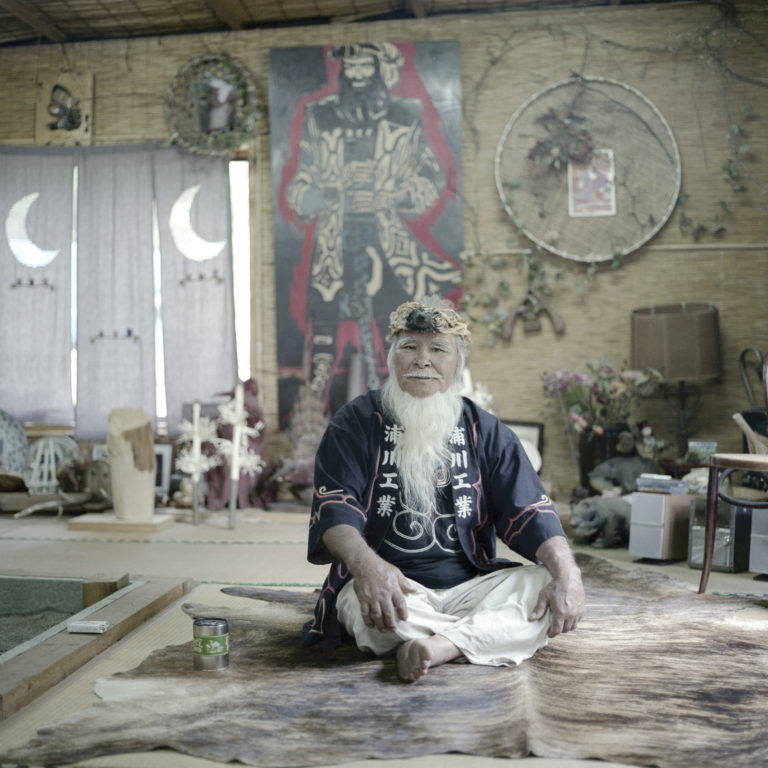
Kamuy Mintara, Chiba Prefecture, Greater Tokyo, Japan 2012 Ainu elder Haruzo Urakawa in his home. Kamuy Mintara, meaning `Playground of Gods`, is a Cise, a traditional Ainu home, that 75 [in 2012] years old Haruzo Urakawa built by himself in the mountains outside of Tokyo. Here, he lived as close as possible to the traditional Ainu lifestyle which, as a child in Hokkaido, he had learned from his father. [Today Kamuy Mintara has closed down].

Shiraoi, Hokkaido, Japan, 2013 A tonkori player performing at the Porotokotan, Shiraoi Ainu Museum. The tonkori is a traditional plucked string Ainu instrument. Ainu perfomers in traditional clothing play, dance and sing for visitors inside a reconstructed Cise, traditional home, at the Shiraoi museum.
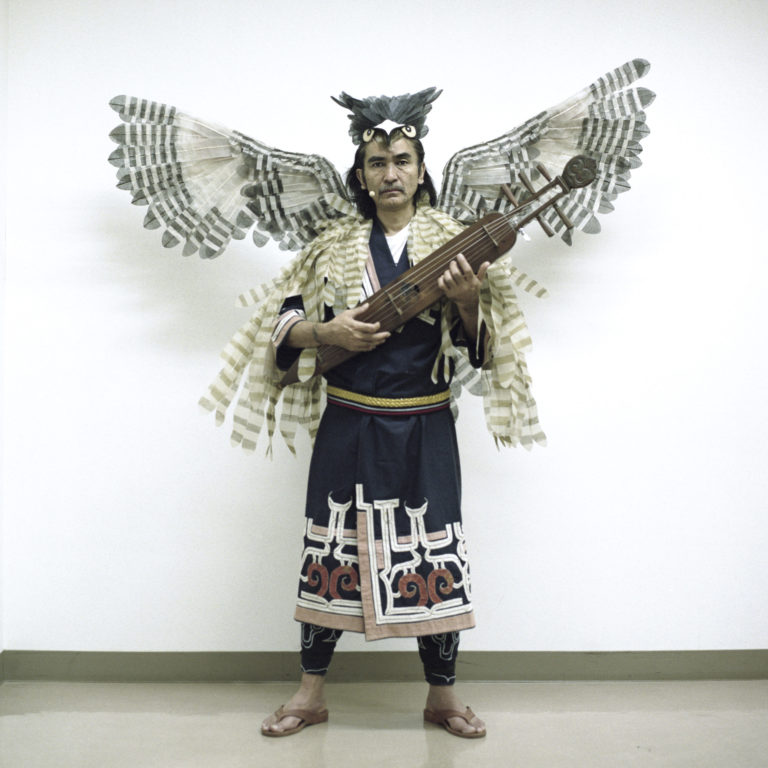
Nemuro, Hokkaido, Japan 2015 Oki Kano is an Ainu musician and founder of Oki Dub Ainu Band. Here he is pictured holding his Tonkori and wearing an owl costume in the backstage of a television recording studio. The costume was designed for his participation in a popular Japanese TV children show. The owl is one of the numerous animal-gods in Ainu religion.

Nibutani, Hokkaido, Japan 2015 Magi is a transgender woman originally from Okinawa. Although not an Ainu by blood, Magi embraced the indigenous way of life, having lived as an Ainu in a commune in Nibutani for many years. She is skilled in traditional Ainu embroidery, which she incorporates in her hand-made clothes, and she gathers wild plants in the mountains near her community home, where she is portrayed in this photo. The commune where she lives was founded by Ainu shaman Ashirirera.
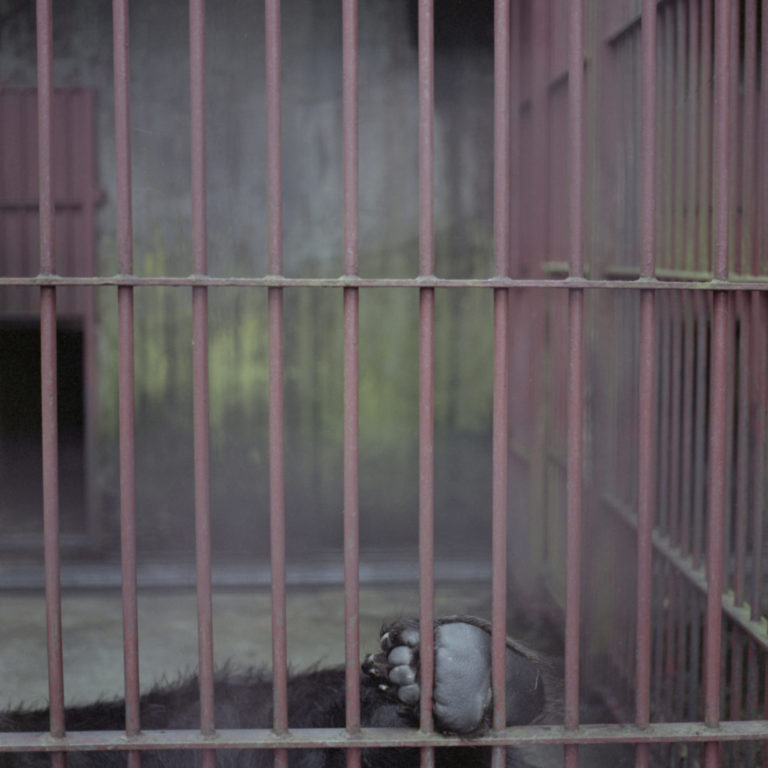
Shiraoi, Hokkaido, Japan 2013 A caged bear at Porotokotan Shiraoi Ainu Museum. Bears are sacred animals within the Ainu animistic religious system. Bears, as other Kamuy (gods), descend into the human world disguised as animals. In a traditional ceremony called Iyomante, a bear cub is raised and treated as a family member until it grows up. Once adult, the animal is killed and sacrificed to 'send the spirits back' to the world of the gods.
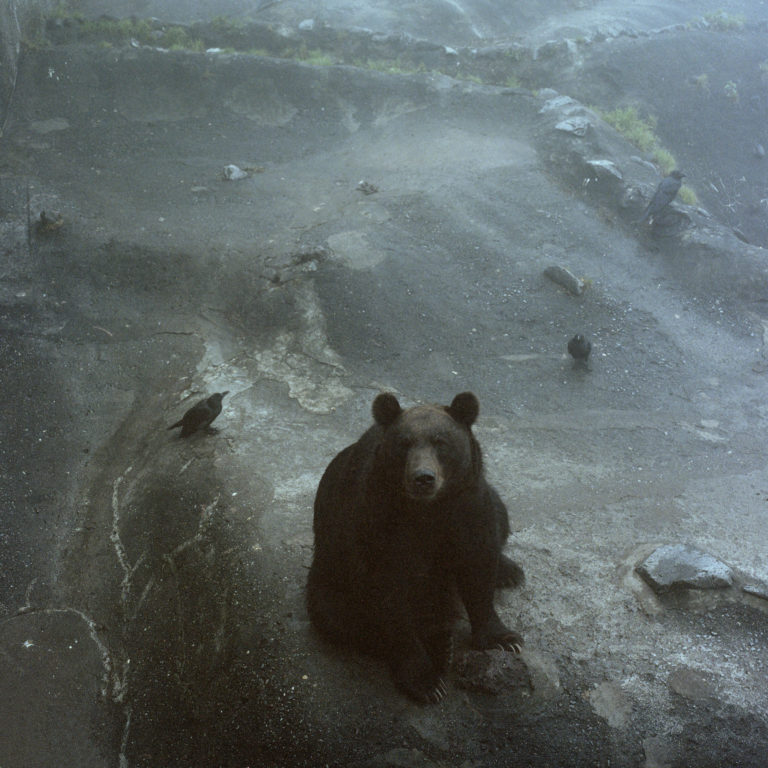
Noboribetsu, Hokkaido, Japan 2016 A bear in Noboribetsu Bear Park. The park hosts around 200 brown bears. Bears are sacred animals within the Ainu animistic religious system. Bears, as other Kamuy (gods), descend into the human world disguised as animals. In a traditional ceremony called Iyomante, a bear cub is raised and treated as a family member until it grows up. Once adult, the animal is killed and sacrificed to 'send the spirits back' to the world of the gods.
Some people say the Ainu don’t exist anymore. But this is an Ainu village. Those who live here have no choice but to be Ainu.
Maki Sekine Kaizawa
The Ainu of Hokkaido were officially recognised as an indigenous people of Japan only recently, after a history of colonisation and forced assimilation by the Japanese that almost completely effaced their society, language and culture. Today individuals and groups across Japan are involved in the revitalisation of Ainu traditions, in the recovering of their own language, and in reclaiming their rights. This fight against invisibility, which has never halted, has intensified in the past years.
A journey of exploration of native identity in contemporary Japan, Ainu Neno An Ainu reflects upon what it means to be an Ainu today, in everyday life practices; it addresses the sense of belonging within a community in the double process of both preserving and reinventing their own culture, in the aftermath of a prolonged Japanization.
Most people portrayed are ethnic Ainu, although others were adopted into the community not by bloodline, but by actively participating in their elective culture, within a native social practice called utari. Every portrait of this series reflects a personal and collective story: stories of activists, artists, and above all ordinary people.
